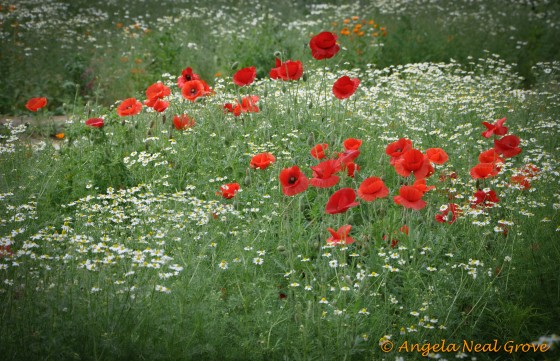
Spring is in the air along the Ancient Silk Road. When I set out in April 2010 my journey and spring unfolded together like a magical patchwork quilt. Snows were receding from the high Central Asian steppe. Newborn yaks were attempting first ungainly steps. In the Ferghana Valley mulberry leaves were being gathered to feed a hungry new crop of silkworms.
Pastiche of Cherry and Chinese Magnolia
Cherry trees wore blossoms like pink tutus and magnolias were pristine in the gardens of the Museum of the Terracotta Warriors, Xi’an. This is the centuries old start of the Silk Route. From here the route linked the Imperial Empires of China and Rome 4,000 miles apart. In spring, caravans of camels were loaded with jade, textiles, gems, furs and spices, in preparation for the perilous journey west.
To minimize camel travel I flew over the desert from Xi’an to Dunhuang. Equidistant between the Gobi desert and Tibetan Plateau, it was cold. At dawn, crystalline desert snowflakes fluttered. I rode a bactrian camel high into the towering shifting sand-dunes burying my hands in its furry hump to avoid frostbite. There were few signs of spring. My guide stamped her feet. Her breath made soft puffs as we explored the hundreds of cliff-side caves containing one of the world’s largest collections of Buddhist art. They date back to the 7th century when the Silk Route was at its zenith.
Lambs, Birdsong and Central Asia
The night train from Dunhuang clattered into a new climate, province and time zone. At the oasis of Turfan the early light was rosy and the air warm. Poplar trees newly dressed for spring, in bright green foliage, lined roads and fields. Xingjan province is home to Uighurs who have Turkic heritage. I went to a local home for dinner. We sat cross-legged on a raised platform around a table in an open courtyard. Beyond were vineyards. There was twilight birdsong and the evening call to prayer from the mosque. I was in Central Asia.
From Turfan I took a northern loop to Urumchi the new Chinese capital of the province surrounded by the jagged snowcapped Tien Shan mountains.
Spring is Late in the the High Central Asian Steppe
Next Kashgar, spy central in Peter Hopkirk’s book The Great Game. From there the plan was to take the Turugart Pass and stay in a yurt in a caravanserai compound. These are centuries-old safe stopping places for caravan travelers. However winter snows were still thick and the yurts basic. I had read that sleeping in one was like being inside a sheep, warm but smelly. Also a coup d’etat in Kyrgystan was spreading so the route was changed to avoid conflict and the yurt stay shelved.
The Ancient Silk Road is a network of trails rather than a direct pathway. Over the centuries avalanches, floods, political upheavals, wars and late snows, have prompted travelers to change course, including me. Before flying to Kazakhstan, however, had a chance to drive the Karakorum highway which leads to Pakistan, skirting the panhandle of Afghanistan.
This wends through the Pamir Knot of mountains where the Tein Shan, Pamirs, Himalayas, and Karakorum mountains twist together. Guide Abdul called the mountains the Art of God. This was Marco Polo’s route and traces of the old caravan trail are still visible.
The high pastures were still yellow from their winter carapace of snow. After Almaty it was, as scheduled, on to Tashkent, Uzbekistan. The ancient walled city with its four- story wooden gates was destroyed in an earthquake. The modern, Soviet built, city has little Silk Route aura. It was time for Samarkand.
Golden Journey to Samarkand
The jewel-like caravan city of Samarkand with its courtyards and domes had shimmered long in my imagination. I had wanted to visit when I was in Herat, Afghanistan, but the the border was closed. This city of art and culture was built by Tamerlane in the 14th century. It did not disappoint.
The mulberry trees in Samarkand courtyards inspired me. The leaves are silkworm food. After a few days in Bukhara I went to the Ferghana Valley, center of silk production. 2,000 years ago the production was a Chinese state secret. It was the lure to travel 4,000 miles across Central Asia and the deserts of China. Eventually the secret was smuggled out, according to legend, in a hollow walking stick. Spies, double dealing and skulduggery are synonomous with this journey.
Ferghana Valley, Land of Mulberry Trees and Silk Production
The Ferghana Valley is fertile, and historic. Many of the roads are lined with stubby mulberry trees. Silk production is a cottage industry and in spring silkworms are delivered to homes along with leaves where the stay until they reach the cocoon stage. Year after year trees are robbed of branches and leaves hence their stubby profile. The Soviets saw the Ferghana Valley as a potential world center of cotton production. They diverted the Syr Dayra River via long canals, causing the Aral Sea to shrink. Cotton growing was not successful. I drove past the wide Kokand Canal which carries much of this water.
As Ferghana valley mountains shed snow in Spring tulips emerge, carpeting the slopes. Native to Central Asia, tulip bulbs traveled west along the Silk Route to Turkey They were discovered there by the Dutch in the 16th century. Rhubarb is another local plant carried west by caravan. My guide Tahir bought some pieces of fresh rhubarb from a roadside stall and munched contentedly on the raw stem. To foster international relations I reluctantly followed suit.
I wanted to visit Andijon at the eastern end of the valley. Here Babur, founder of India’s Mughal dynasty, was born. There is a garden and memorial to Babur. An uprising of local people was brutally handled in 2005 and led to a breakdown of diplomatic relations between the US and Uzbekistan. I had also read it was a hotbed of Islamic fervor.
My experience was a happy one. The people I met in Andijon and surrounding towns were some of the friendliest I met anywhere, treating me like visiting royalty. They were eager to talk – via guide Tahir – and their markets were full of beautiful local produce. I had no clean water to wash the juicy strawberries on sale, so I rinsed them in vodka, to my guide’s amusement. There were tables of seeds for sale. The people of Ferghana would soon be planting and watching their spring unfold.
After I returned from my journey a 6.2 earthquake hit the Ferghana Valley. It was a small item buried in the newspapers. It caught my attention and brought back a kaleidoscope of memories.
Travel the Silk Route the Easy Way
When I returned from my Silk Route travels I published two coffee table books full of images, with enough historical information to anchor them. These two books are now available to be downloaded as e-books for the i-Pad.
Now traveling The Silk Route is a click away. Fasten your seat belt and imagine you are on a camel crossing the Taklamakan Desert or walking in the sun in Registan Square, Samarkand. Above all enjoy your journey. Traveling the Silk Route changed my life, who knows it may change yours. TTFN
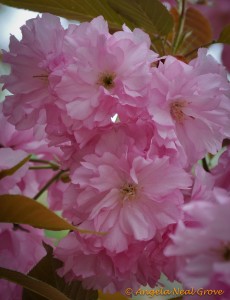
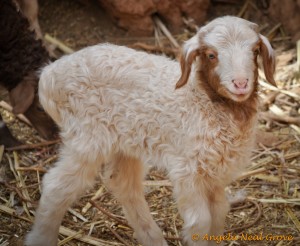
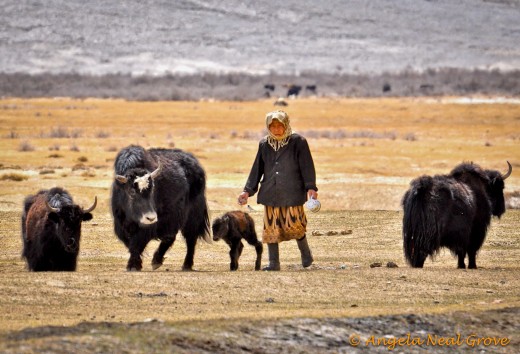

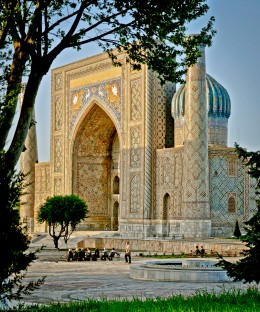
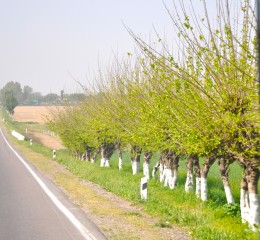
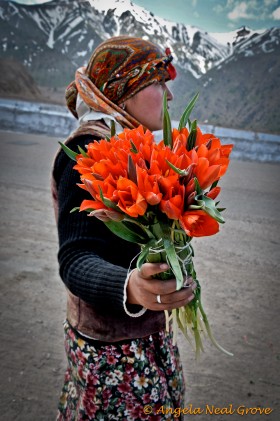
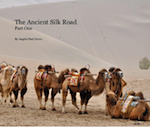
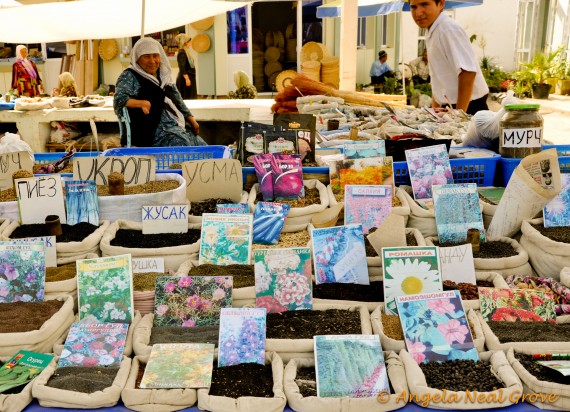
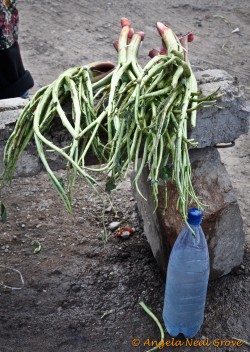
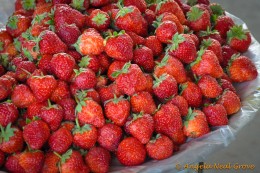
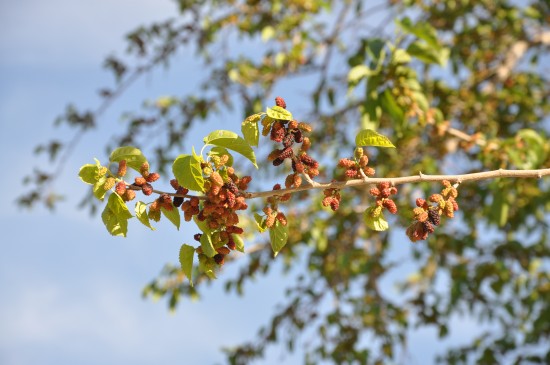
I must say it was hard to find your blog in google. You write interesting articles but you should rank
your page higher in search engines. If you don’t know 2017 seo techniues search on youtube:
how to rank a website Marcel’s way
Thanks for the heads up – I will look at that